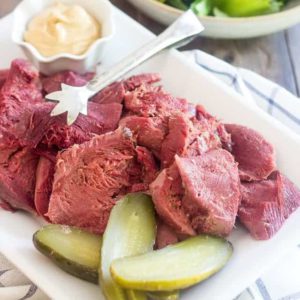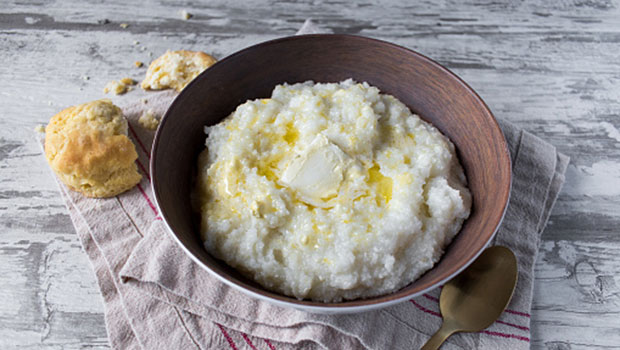Pickled tongue is a traditional South African dish that is often served as part of a cold meat platter or used in sandwiches. Here’s a basic recipe for cooking South African pickled tongue:

How to cook pickled tongue South Africa
South African pickled tongue, also known as "bobotie tongue," is a popular dish in South Africa. It consists of a beef or veal tongue that is cooked until tender, then pickled in a flavorful brine. The pickling process adds tanginess and enhances the flavor of the tongue.To prepare pickled tongue, the tongue is simmered with aromatic vegetables, such as onions, carrots, celery, and garlic, along with herbs and spices like bay leaves, peppercorns, and pickling spice. The tongue is cooked until it becomes tender and can be easily sliced.After cooking, the outer skin of the tongue is removed, and it is sliced into thin slices or chunks. The tongue is then placed back into the pot with a pickling liquid, typically consisting of vinegar, water, brown sugar, and additional spices. The tongue is left to cool and marinate in the pickling liquid, allowing the flavors to develop and the tanginess to infuse the meat.
Ingredients
- 1 whole beef or veal tongue (about 2-3 pounds)
- 2 onions, peeled and quartered
- 2 carrots, peeled and roughly chopped
- 2 celery stalks, roughly chopped
- 4 cloves of garlic, crushed
- 2 bay leaves
- 10 black peppercorns
- 1 teaspoon of salt
- 1 cup of white vinegar
- 1 cup of water
- 1/4 cup of brown sugar
- 1 tablespoon of pickling spice (optional)
Instructions
- Place the beef or veal tongue in a large pot and cover it with water. Bring the water to a boil over high heat, then reduce the heat to low and let it simmer for about 10 minutes. Drain the water.
- Rinse the tongue under cold water to remove any impurities. Trim off any excess fat or skin.
- In the same pot, add the onions, carrots, celery, garlic, bay leaves, peppercorns, salt, vinegar, water, brown sugar, and pickling spice (if using). Stir everything together.
- Place the tongue back into the pot with the liquid and vegetables. Make sure the tongue is fully submerged.
- Bring the liquid to a boil, then reduce the heat to low and cover the pot. Let the tongue simmer gently for about 2-3 hours or until it becomes tender. You can test the tenderness by inserting a fork into the thickest part of the tongue. If it goes in easily, the tongue is done.
- Once the tongue is cooked, remove it from the pot and let it cool slightly. Peel off the outer skin and discard it.
- Slice the tongue into thin slices or thicker chunks, depending on your preference.
- Strain the liquid from the pot, discarding the cooked vegetables and spices.
- Place the sliced tongue back into the pot with the strained liquid, ensuring that the tongue is fully immersed in the pickling liquid. If needed, you can add more vinegar or water to adjust the acidity to your liking.
- Let the tongue cool completely in the pickling liquid, then transfer it to an airtight container. Store the pickled tongue in the refrigerator for at least 24 hours before serving to allow the flavors to develop.
- Serve the South African pickled tongue cold as part of a meat platter or use it in sandwiches.Note: Pickled tongue can be stored in the refrigerator for up to a week.
Video
Notes
South African pickled tongue is often served cold as part of a cold meat platter, along with other cured or pickled meats. It can also be used as a filling in sandwiches or enjoyed on its own as a flavorful and tender meat dish. The tangy and savory flavors of the pickling liquid complement the richness of the tongue, creating a unique and delicious culinary experience.
Nutrition
Serving: 100g
Tried this recipe?Let us know how it was!





